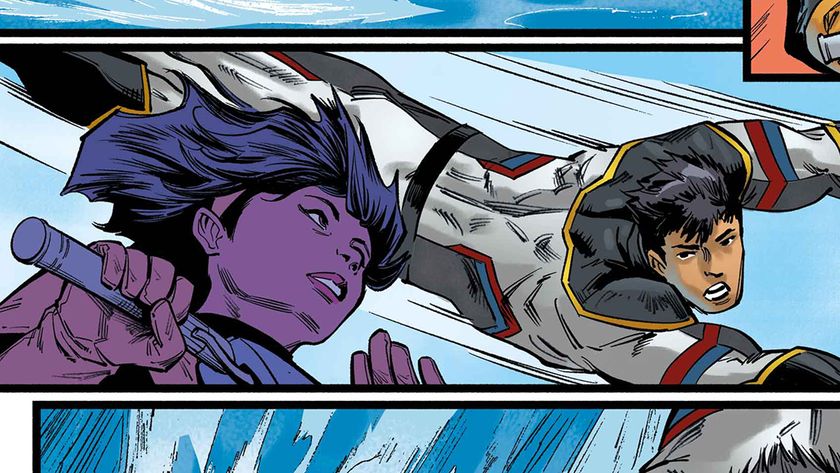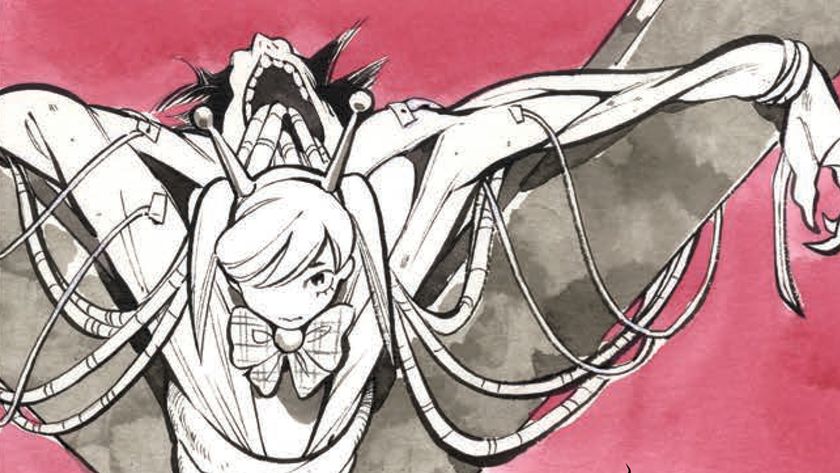Kitty Pryde is now canonically bisexual (and why that matters)
Subtext becomes text in the X-Men family of titles

When fans list their favorite X-Men, Kitty Pryde is a frequent character that shows up. But why do people love her so much? She's never been a focused star of the X-Men film franchise, she isn't an Avenger, and she's never had her own solo ongoing series.
For the very reasons Kitty Pryde hasn't found mainstream success (whatever that means) is why so many comic book readers connect to her – she's relatable. Once the youngest mutant on the X-Men team, Kitty's journey is the rare occurrence in comic books where readers saw a character grow up. But what may be the most relatable aspect of her character is her continuous search for self.
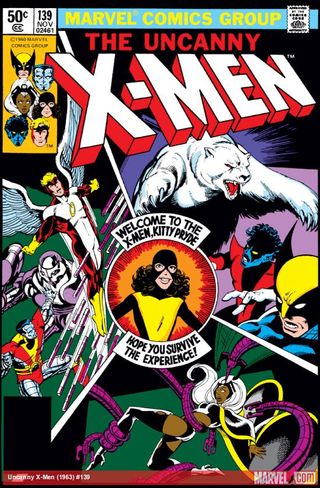
Kitty Pryde first appeared in 1980's Uncanny X-Men #129, introduced as a young teenager who had just learned she was a mutant, with the ability to 'phase' through objects. As a person just learning she was a mutant, she found herself in a liminal spot like many others - she was torn between two worlds. Does she continue her 'normal' life in Deerfield, Illinois, or voyage on a new journey with the X-Men?
To make Kitty's decision even harder, writer/co-creator Chris Claremont threw a wrench in those plans by adding Emma Frost into the mix. Kitty not only had to choose whether to leave her human life behind for the X-Men, but also between good and evil. At the age of 13, she had to take a deep look inside herself and ask, 'who am I?' A question that would continuously haunt her throughout her history these past 40 years.
Kitty Pryde's struggle with identity has been a core theme of her character, from her questionable fashion choices to the difficulty of her picking a simple codename, but also on a subtextual level – her sexuality. Kitty's character was first introduced in the '80s, during the height of the AIDS epidemic. There was a lack of LGBTQA+ representation in all media (not just comics), with superhero comic books relying on subtextual storytelling for any type of representation.
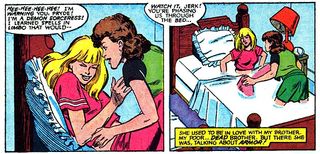
And, oh boy, was Kitty the queen of subtextual storytelling: flirtatious conversations with her female friends, hugs with Rachel Summers that lasted a bit too long, and tickle fights with Illyana Rasputin. Some may even go as far to say it was queerbaiting – giving just enough to make queer fans 'happy' without actually having to deliver on any real representation.
In a 2016 interview with Jay & Miles X-Plain the X-Men, Claremont even mentions that Kitty's true love was always intended to be Rachel Summers, and this isn't the only place he's been vocal about her bisexuality – leaving more subtextual moments in both the X-Men: The End and Mekanix limited series.
Comic deals, prizes and latest news
Get the best comic news, insights, opinions, analysis and more!
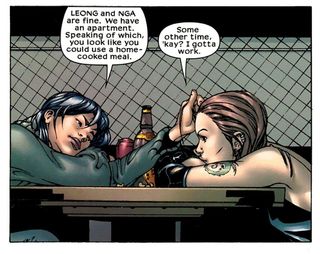
But it wasn't until September 2020's Marauders #12 by writer Gerry Duggan and artist Matteo Lolli that Kitty Pryde's bisexuality was actually confirmed.
Earlier in the series, Sebastian Shaw killed Kitty Pryde, and unlike the other mutants of Krakoa she wasn't able to be brought back to life with the X-Men's resurrection ceremony. Thankfully, following countless tries, the X-Men and Emma Frost finally figured out that it was Kitty's phasing powers preventing her from coming back to life. Once they nailed down that specific detail, they were able to resurrect her.
Kitty's return in Marauders #12 highlights some of her most important relationships and *cough* her potential love interests. From riding horses into the sunset with Emma Frost, Illyana lunging to embrace Kitty as a song about a secret love affair plays as ambiance, and, of course, some classic longing looks between Rachel and Kitty, all of the subtext becomes text and leads to the issue's monumental moment: she kisses a girl.
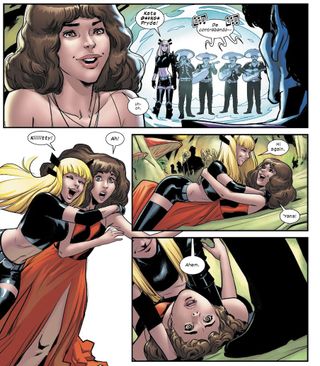
A beat that happens because Kitty on countless occasions in the past five-plus years had to ask herself 'who am I?' and she was tired of running away from the answer. Why was her romantic timing with Star-Lord never right? Why did she leave Colossus at the altar? Why is she an X-Men on a pirate ship with finger tattoos working for the 'enemy'? Kitty was trying to find her authentic self, and her near-death experience helped her achieve it. Her moments with all those Peters were valid (that's the definition of bisexuality), but she needed to figure herself out before she could accept love from a man or a woman.
Following Marauders #12, the character, the title, and the entire X-Men line were whisked off to a two-month-long crossover event titled 'X of Swords,' leaving little chance for Kitty Pryde's 'coming out' moment to sink in, but readers are looking for follow-up later this year.
With so few bisexual characters in superhero comic books (and even fewer bisexual coming out stories), it makes it that much more important for Kitty Pryde's bisexuality to continue to be visible.
Kitty Pryde joins a vibrant array of LGTBQ superheroes in comic books. Here's our rundown of the most iconic LGBTQ superheroes right now.
Kat has been working in the comic book industry as a critic for over a decade with her YouTube channel, Comic Uno. She’s been writing for Newsarama since 2017 and also currently writes for DC Comics’ DC Universe - bylines include IGN, Fandom, and TV Guide. She writes her own comics with her titles Like Father, Like Daughter and They Call Her…The Dancer. Calamia has a Bachelor’s degree in Communications and minor in Journalism through Marymount Manhattan and a MFA in Writing and Producing Television from LIU Brooklyn.

